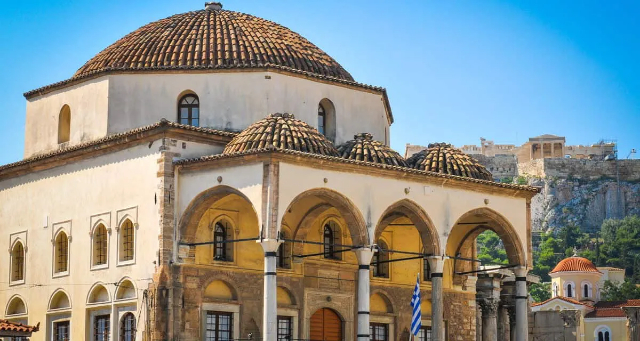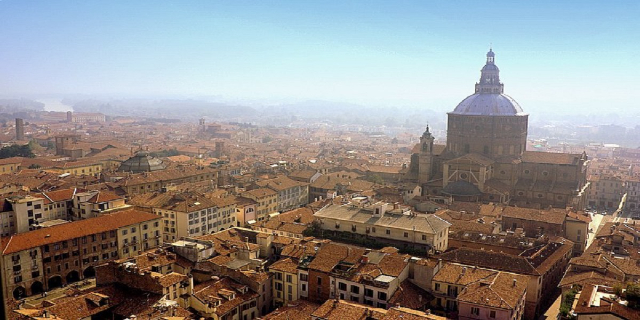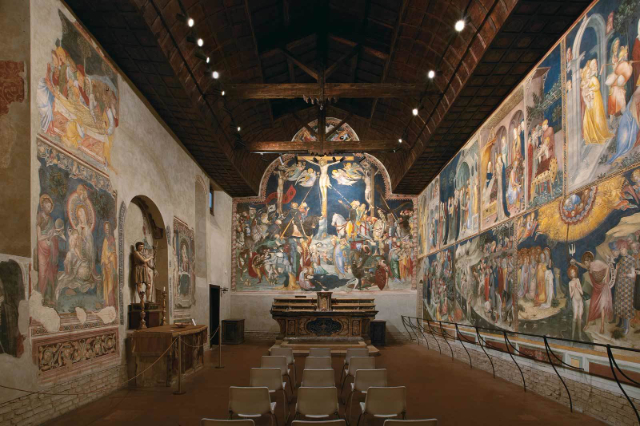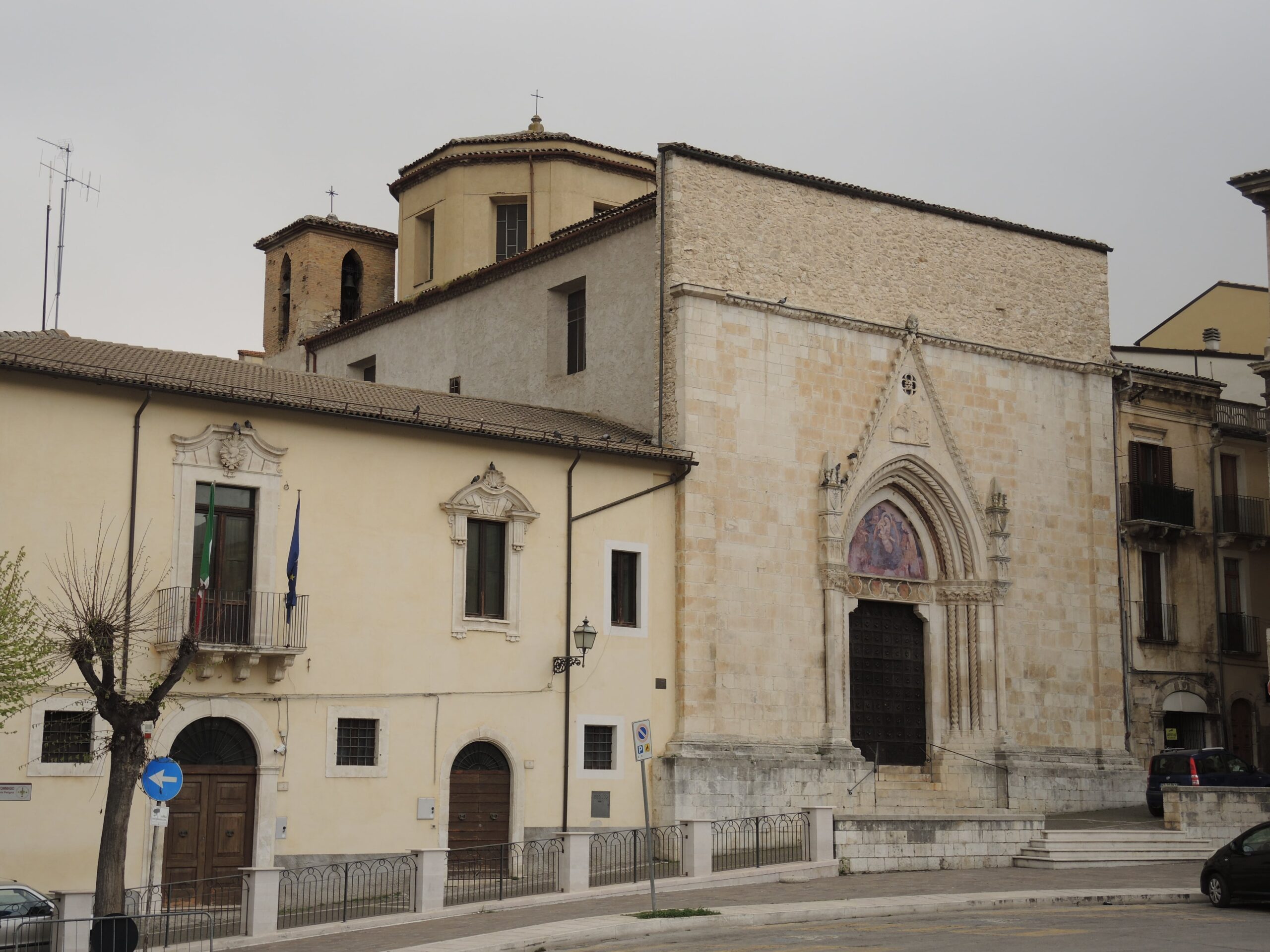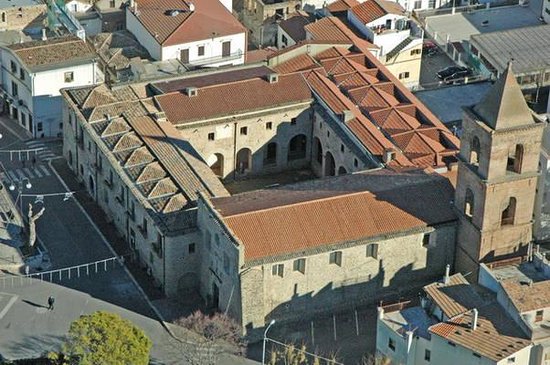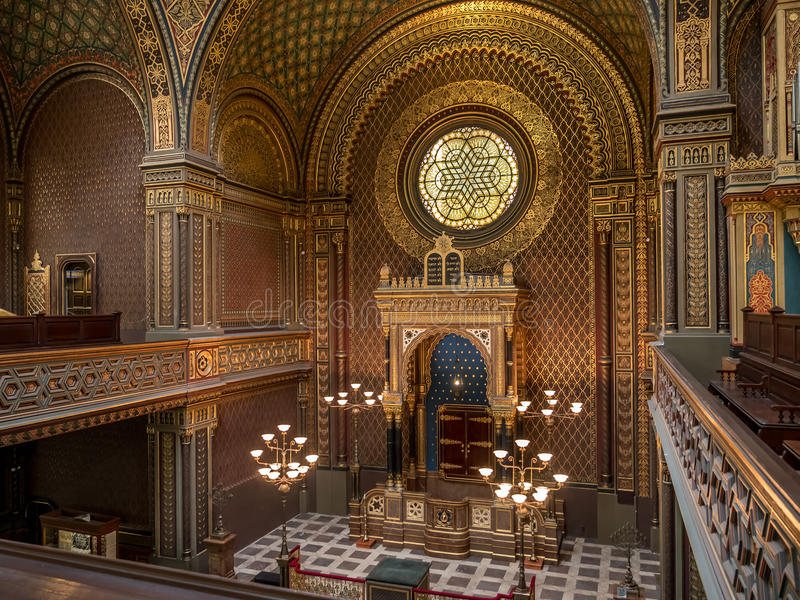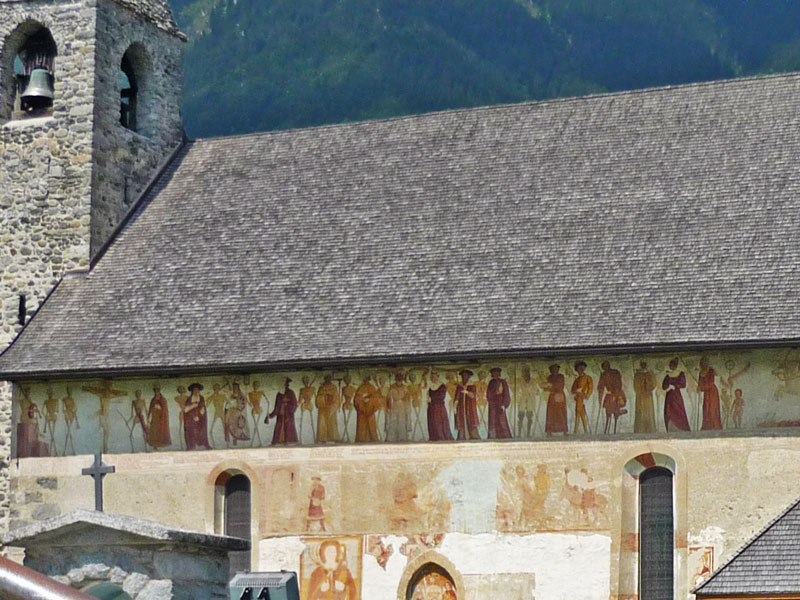Upon the Ottoman conquest of Athens, a significant shift took place in the city’s landscape. The Sultan’s edict allowed Athens to become a multi-ethnic city, with a directive to protect and repurpose most temples and monuments for public use during the regime’s occupation.
In 1759, Mustapha Agha Tzistarakis, the Ottoman governor of Athens, ordered the construction of a mosque in Monastiraki Square. However, in a move that contradicted the Sultan’s edict, Tzistarakis oversaw the destruction of one of the pillars of an ancient Greek temple, believed to be either the Temple of Olympian Zeus or Hadrian’s Library, to obtain lime for the mosque’s construction.
This act led to local superstition, as it was believed that the destruction of temples would bring epidemics. Consequently, the infuriated locals pressured the Sultan to exile Tzistarakis from Athens as a form of appeasement. Nonetheless, this banishment was not enough, as Tzistarakis was later assassinated.
The Tzistarakis Mosque, a square two-story building with a hemispherical dome on an octagonal base, served as a mosque until the Greek War of Independence. After gaining independence from the Ottomans, the Greek government repurposed the building for various uses, including a meeting hall for elders, a prison, barracks, warehouse, and a venue for military concerts and events. The minaret, which had graced the building, was destroyed sometime between 1839 and 1843.
In 1915, the building underwent renovation and reopened in 1918 as the Museum of Greek Handcrafts. Additional offices were added to the ground level in 1920, and the museum was renamed the Museum of Decorative Arts in 1923. In 1966, the building was temporarily refurbished to serve as a place of prayer for King Saud of Saudi Arabia during his visit to Athens. It has also functioned as an annex of the Museum of Greek Folk Art since 1975. Following an earthquake in 1981, the building was restored and reopened to the public in 1991, featuring additional exhibition space for its museum purposes. This intricate history showcases how the Tzistarakis Mosque has been an enduring part of Athens’ heritage, evolving to serve various roles throughout the centuries.
